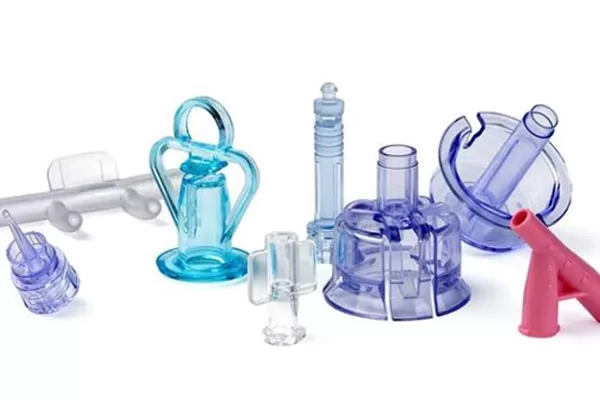Among the manufacturing processes today, injection molding is the most popular. It comes as no surprise since the majority of the items we use everyday are made from this manufacturing technique.
The injection molding process has many stages and it needs different components to complete the part. Despite this complexity the process is easy to understand and all you need to do is to familiarize yourself with the mold.
The Mold
In injection molding, the mold takes the centerstage of the process. It is made from a hard metal like aluminum or steel can contains a cavity where the part is made. This mold is the inverse image of the object to be made and the space in the middle represents the actual object. It can be as complex as a car component to as mundane as a bottle.
Take note that it is the mold that gives the manufacturers the freedom to create any desired part. Although it takes a long time to make, the parts created from the mold have short production time, it can be made in a matter of seconds if not minutes. It is also sturdy. That means one single mold can make hundreds if not thousands of pieces. This part takes the shape of the mold, cools down and solidifies and pushes out of the mold for another piece to be made.

Plastic medical parts
How Does it Work?
The injection molding process involves squeezing a liquid plastic into the mold and waiting for it to harden. In theory, the process may look simply, but it is a little more complicated than that.
First, you should understand that injection molding opens up to a lot of possibilities. The process begins with choosing the appropriate thermosetting plastic. This material can be melted, injected, and cooled to form a plastic part.
The raw material is in granular form and before it can be made into an object, it should be heated and transformed into a molten form. This process occurs in the heated barrel and then stored into a hopper. The melted material is then pushed into the mold using a reciprocating screw.
The force from the screw is the for rotated by a motor will move the molten plastic where it needs to be. Upon reaching the end of the chamber, it is ejected from the nozzle and passed through the channels or runner and into the mold cavity. This is where the injection process got its name.
Since the mold is cold, the plastic solidifies immediately to form the part and ejects when the mold opens allowing the next shot to go through the same process.
The injection molding process is highly repeatable and the mold does not need replacement because it is made of hard steel and can be used over a million times.
Conclusion
Injection molding is one of the most popular manufacturing techniques. It is the most accessible option because it brings about plenty of benefits to manufacturers.
If you are planning on using this technique for your manufacturing process, consult with any of our experts at Nice Rapid. They can give you advice on the best approach to your design.
